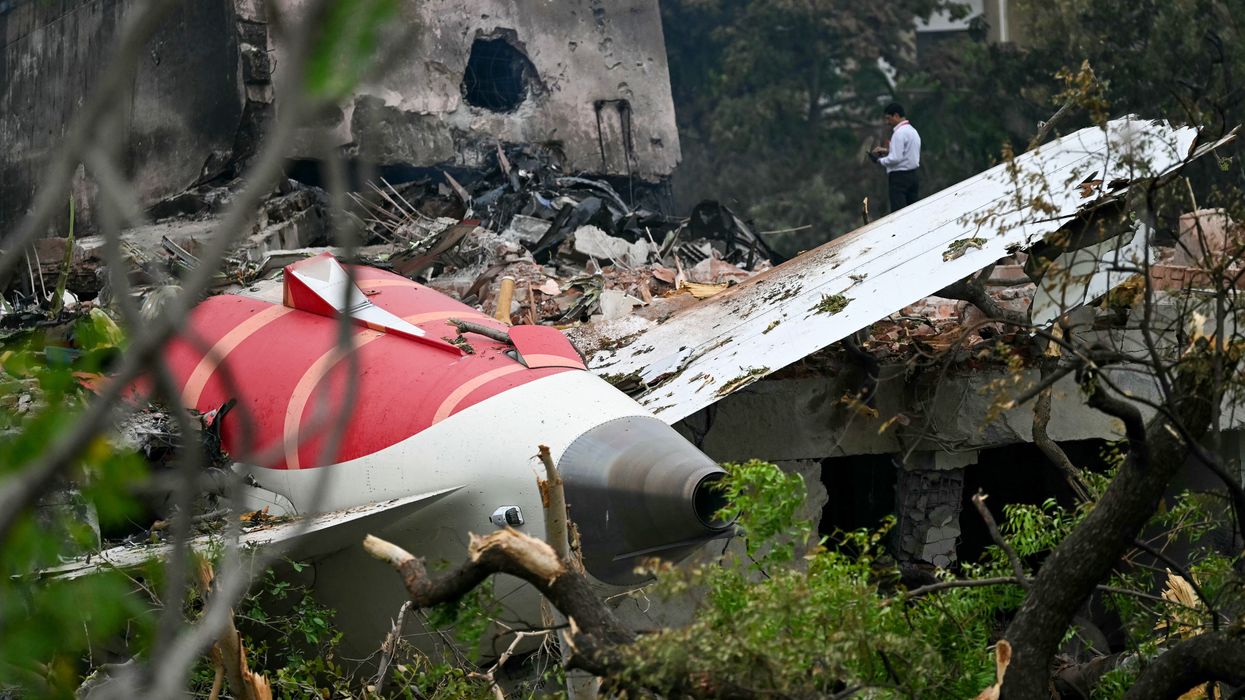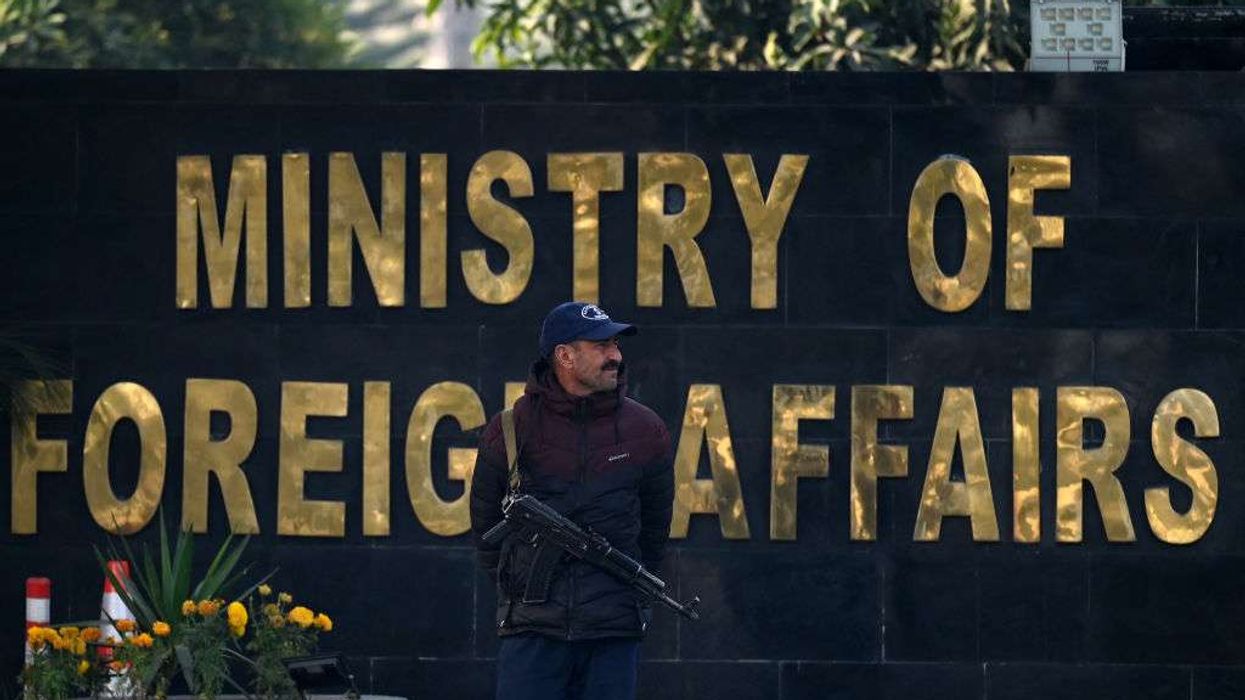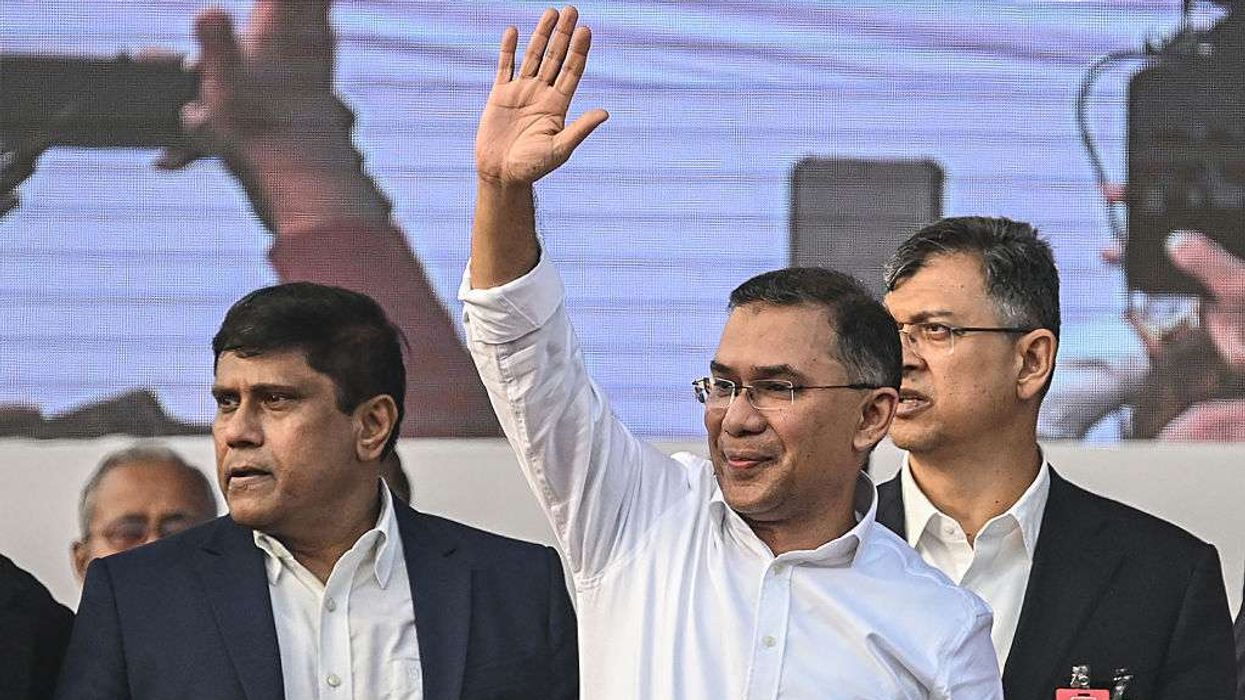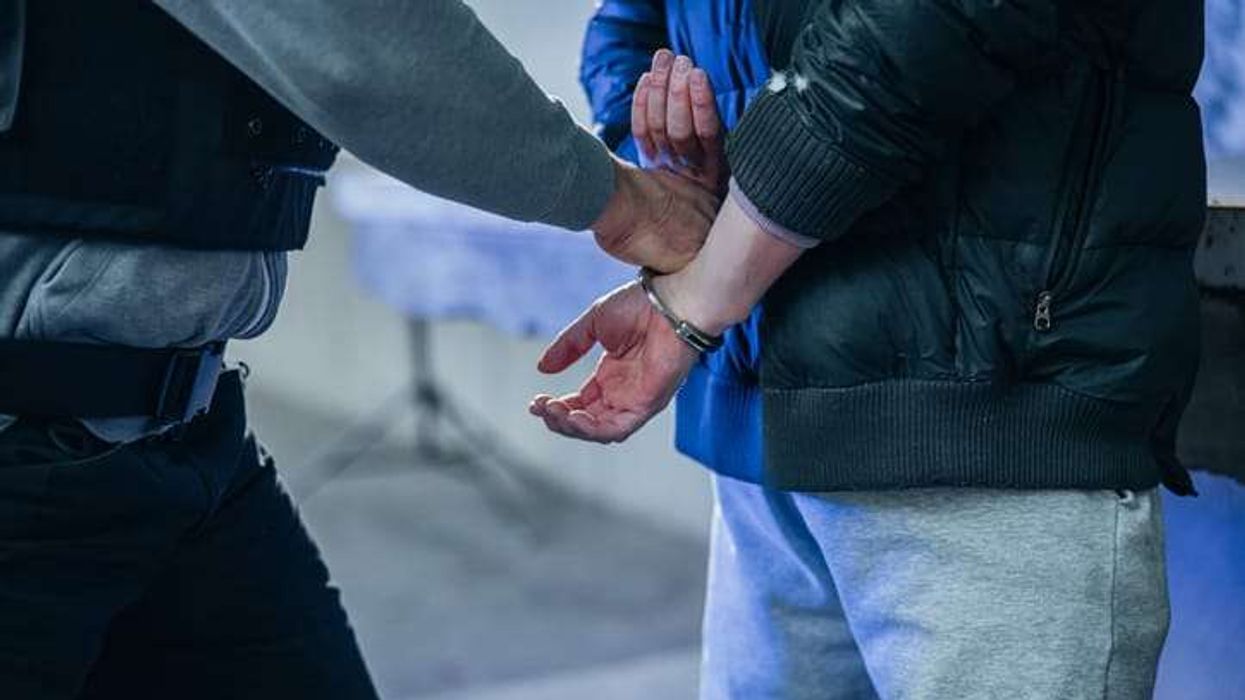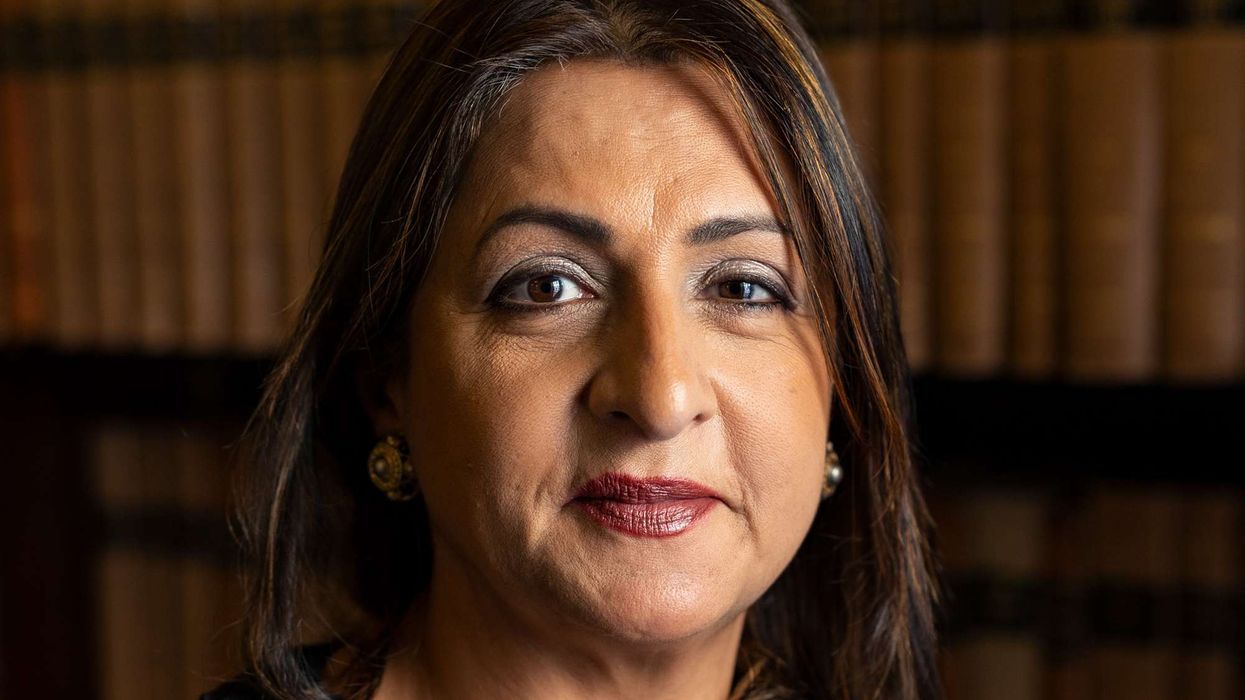INDIA has declined a request from the United Nations aviation agency to allow one of its investigators to observe the probe into the Air India crash that killed 260 people in Ahmedabad on June 12, Reuters reported, citing two senior sources familiar with the matter.
The International Civil Aviation Organization (ICAO) had offered to provide assistance by sending one of its investigators, following the crash of the Boeing 787-8 Dreamliner earlier this month. It was an unusual move, as ICAO typically deploys investigators only upon request from the country leading the investigation.
In this case, ICAO had asked Indian authorities to allow the investigator already present in India to join the probe as an observer, the sources told Reuters. However, Indian officials refused the offer. Times Now was the first to report this development on Thursday.
The civil aviation ministry said on Thursday that the flight recorder data was downloaded around two weeks after the crash.
Some safety experts had earlier raised concerns over the delay in the analysis of the black box data and a lack of information on the progress of the probe. The first combined black box unit was recovered on June 13, and a second set was found on June 16.
It is still unclear whether the black boxes are being read in India or the US. The National Transportation Safety Board (NTSB) is also participating in the investigation. The Indian government has held only one press conference so far, where no questions were taken.
According to global aviation norms under "Annex 13", a decision on where to read the flight recorders should be made immediately if the information obtained could help prevent similar accidents in the future.
An unnamed aviation ministry official said earlier this week that the ministry is "following all the ICAO protocols." The official also said that media representatives have been sharing updates on major developments.
Most air accidents result from a combination of factors. A preliminary report is expected within about 30 days of the crash.
(With inputs from Reuters)
